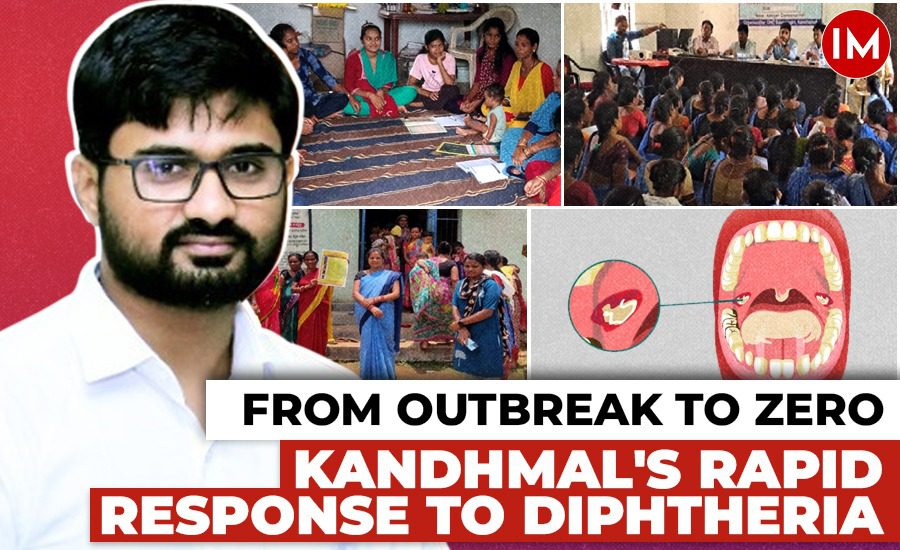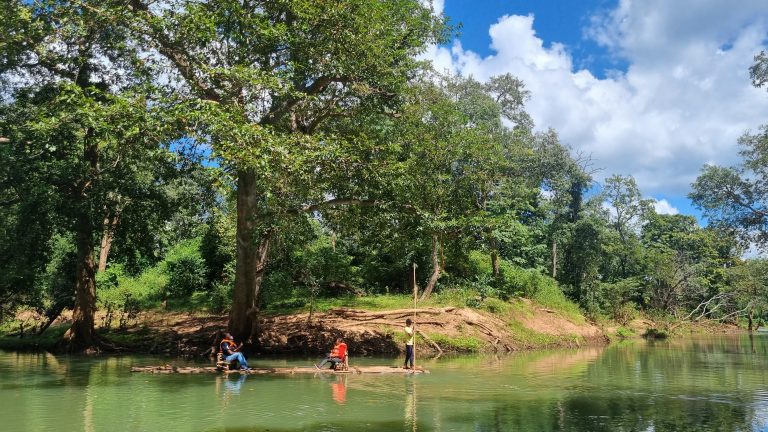In 2020, as the Covid-19 pandemic swept across the globe, no countries were adequately prepared to combat its impact. With its airborne and highly contagious nature, Covid-19 spread swiftly and affected millions in densely populated countries like India. The widespread devastation caused countless deaths and significant economic losses, leaving indelible lessons on how to manage not only common diseases but also future epidemics.
Recently, as Diphtheria began spreading rapidly across several districts in Odisha, the administration of Kandhmal district took swift action to contain its spread before it could worsen. Thanks to these proactive measures, there have been no reported cases of the disease in Kandhmal so far. Strict surveillance, meticulous tracking of travel history, and adherence to isolation protocols are among the key steps taken by the administration that have helped in addressing this threat effectively.
Indian Masterminds interviewed Ashish Ishwar Patil, the Collector of Kandhmal and a 2017 batch IAS officer, to learn about the steps being taken to combat Diphtheria.
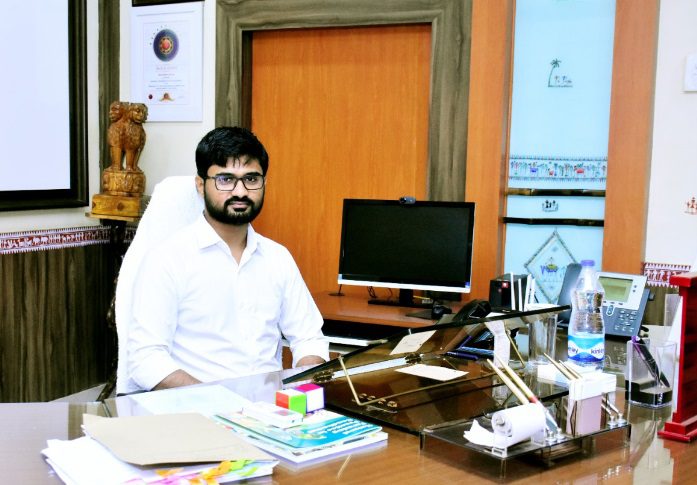
DIPHTHERIA
Diphtheria is a severe bacterial infection that affects the mucous membranes of the nose and throat. Common symptoms include fever, throat pain, and redness of the throat and/or tonsils. It spreads easily through airborne droplets and has an incubation period of 2 to 5 days (with a range of 1 to 10 days). After a gap of 20 years, Diphtheria has reappeared in Odisha.
Mr Patil said, “Diphtheria is transmitted most often from person to-person through droplets or direct contact with respiratory secretion.”
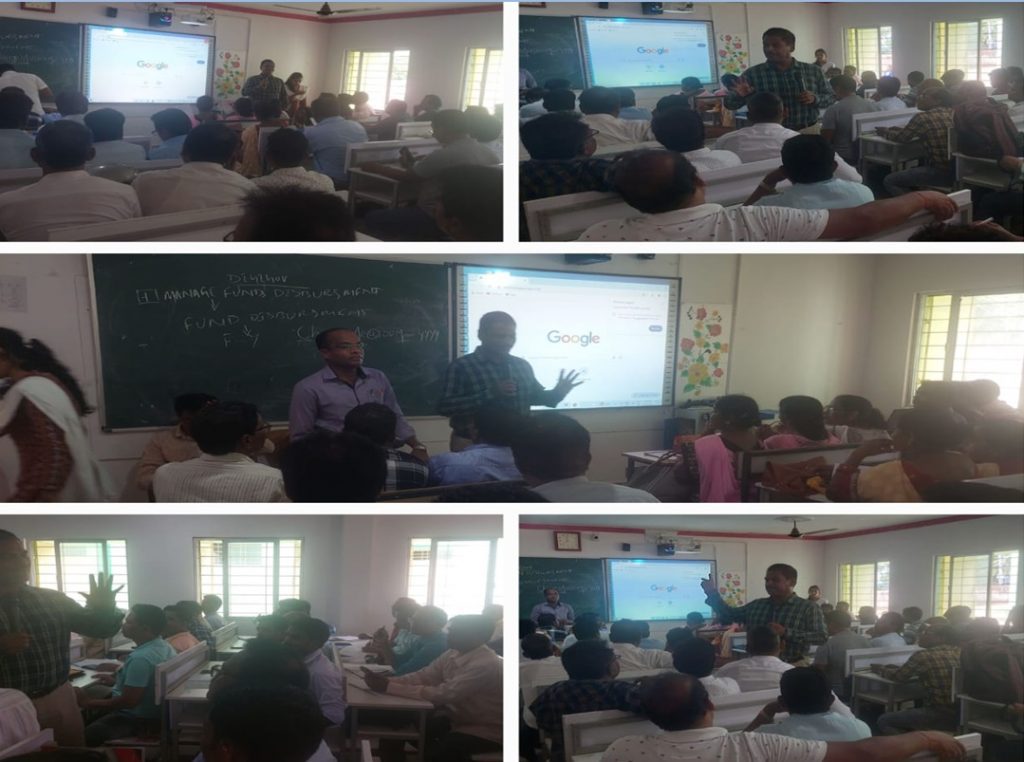
THE OUTBREAK IN THE NEIGHBORING
The outbreak began on June 4 in a village in the Kashipur block of Rayagada, which borders Kandhamal district. Kashipur block shares its boundary with Kotagarh block in Kandhmal district. So far, 16 people in Rayagada have been infected, ranging from children to the elderly, with 5 fatalities reported. In addition, 19 cases have been recorded in Koraput, resulting in 2 deaths, and 7 cases in Kalahandi.
Despite the severity in neighboring districts, Kandhmal has managed to prevent any cases so far due to timely and stringent measures. Two suspected cases were identified with symptoms such as sore throat and moderate fever, but both tested negative for the infection.
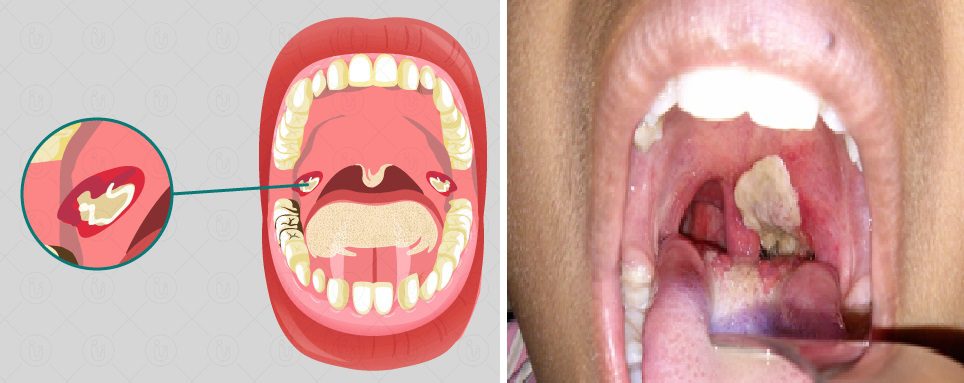
THE PREVENTION
The affected blocks in these districts border three blocks of Kandhamal, encompassing approximately 12 panchayats where there is a potential risk of the disease spreading. Then, surveillance has been initiated in these areas, involving active search and isolation protocols. Anyone displaying symptoms is promptly tested and isolated to prevent further transmission.
Collector Patil instructed health officials to conduct a thorough surveillance drive in border villages to prevent the spread of the disease and identify affected individuals. Health workers, including ANMs (Auxiliary Nurse Midwives) and ASHAs (Accredited Social Health Activists), have undertaken an extensive drive in the Daringibadi, Kotagarh, and Tumudibandh blocks of the district to identify children displaying symptoms of diphtheria.
Mr Patil said, “Awareness and surveillance were the cornerstones of our strategy in combating this disease.”
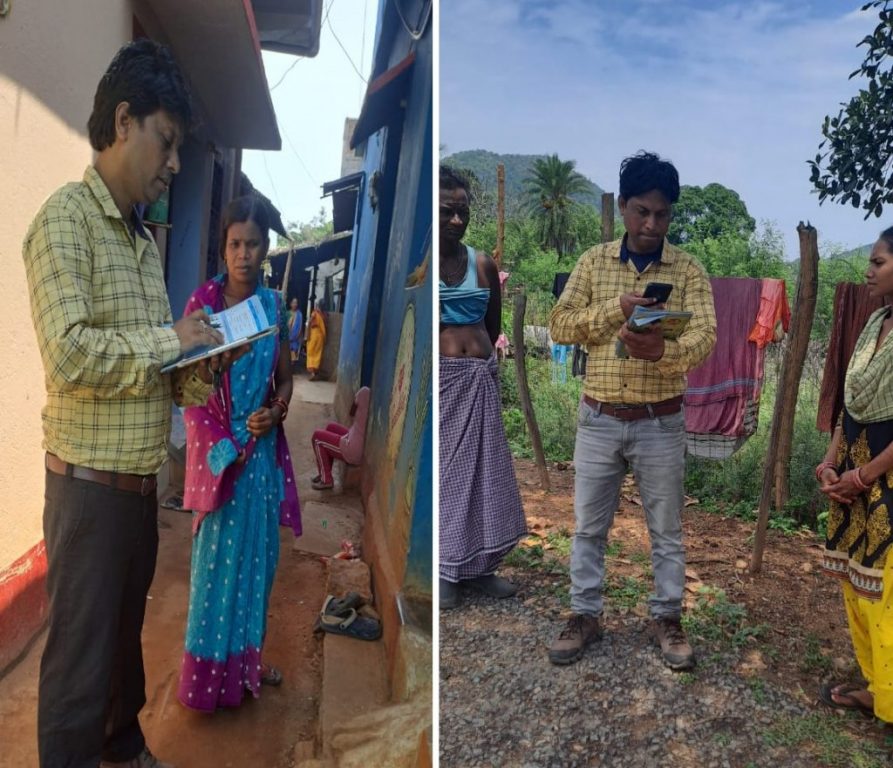
MEASURES
To prevent the spread of the disease, the administration first initiated surveillance in the bordering districts’ areas. They also launched awareness programs to educate the community. Additionally, three WHO field monitors were deployed to monitor the situation closely in these affected areas.
Surveillance: A door-to-door surveillance initiative has been launched in areas of neighboring districts as well as the bordering state of Andhra Pradesh. Health workers are actively conducting case searches and raising awareness about Diphtheria at the community level.
Travel History: People arriving from affected areas in neighboring districts are isolated for 10 days after their travel history is verified. As a precautionary measure, 16 individuals have been isolated so far. Despite the seemingly low number, this is due to the stringent surveillance in place in the hilly area, as explained by a health officer.
Awareness Program: All frontline workers, including ASHA workers, Anganwadi staff, and ANMs, have been mobilized for the Diphtheria awareness program. They are conducting awareness campaigns in various locations, educating the public about Diphtheria, its symptoms, and its incubation period. They are also disseminating information on how to isolate patients exhibiting symptoms for 10 days while implementing necessary containment measures.
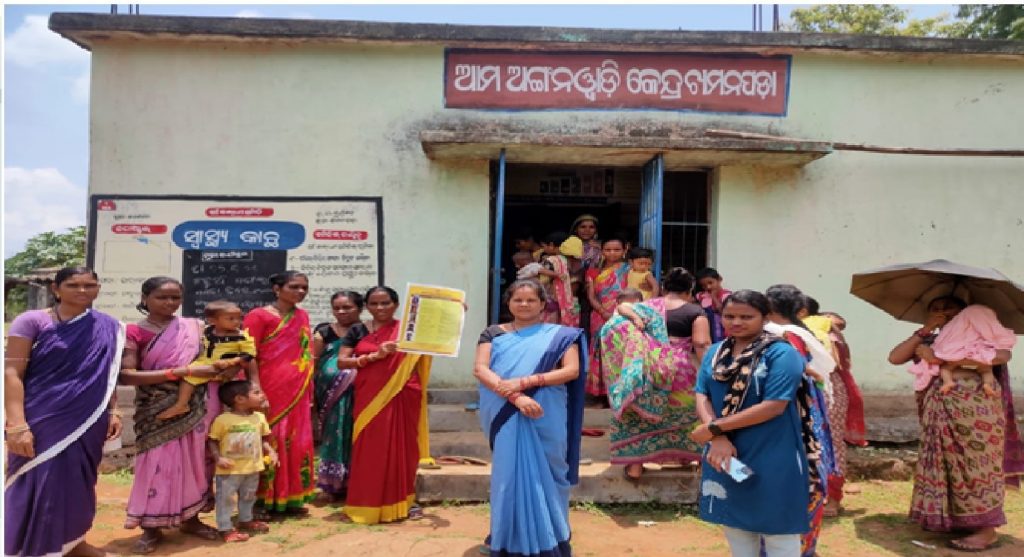
Schools:Children are highly susceptible to Diphtheria, making schools crucial focal points in preventing its spread. Schools have been equipped with masks and sanitizers, and they are under regular monitoring by CHC (Community Health Center), PHC (Primary Health Center), and the Chief Medical Officer. Additionally, personnel regularly visit schools to educate students and staff about health protocols to mitigate the risk of infection.
ASHA workers, Anganwadi staff, and ANMs submit their reports to the Block Public Health Officer. These reports are then forwarded to senior officials for further action and planning based on the information provided.
He said, “If five cases are reported in one location, it is presumed to be a symptomatic outbreak, prompting isolation of the entire area. Additionally, any death in the area is regarded as part of the outbreak response.”
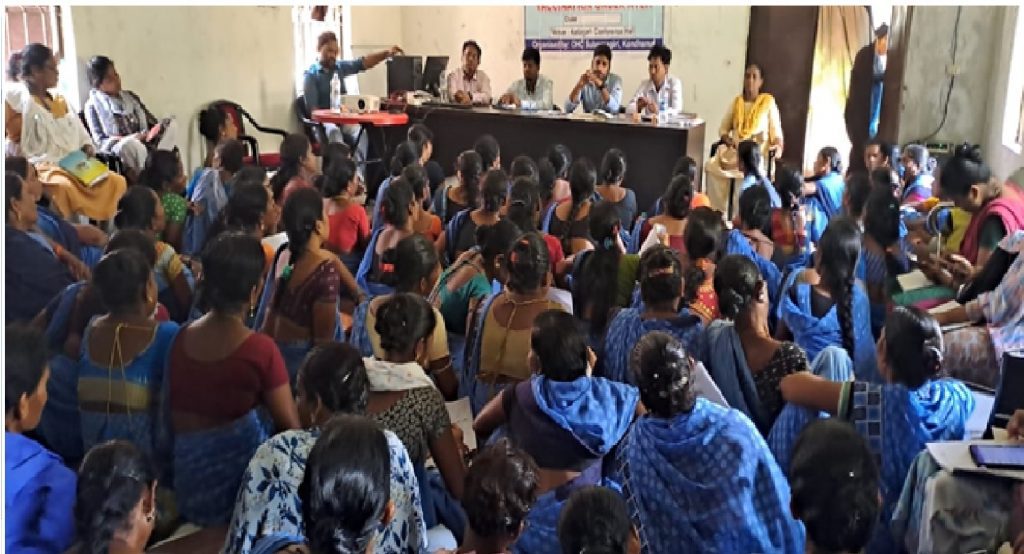
THE OTHER MEASURES
In addition to these measures, the administration is also focusing on vaccination efforts. The vaccination regimen includes administering 3 doses per year to children aged 1 year to 18 years. The neighboring districts affected by the disease are characterized by remote and inaccessible areas, which experts believe may have hindered proper vaccination coverage in those areas.
He said, “We are fully prepared to handle any cases. Our well-trained staff is proficient in SOPs for tracking, surveillance, and containment. Their experience ensures efficient response efforts.”

